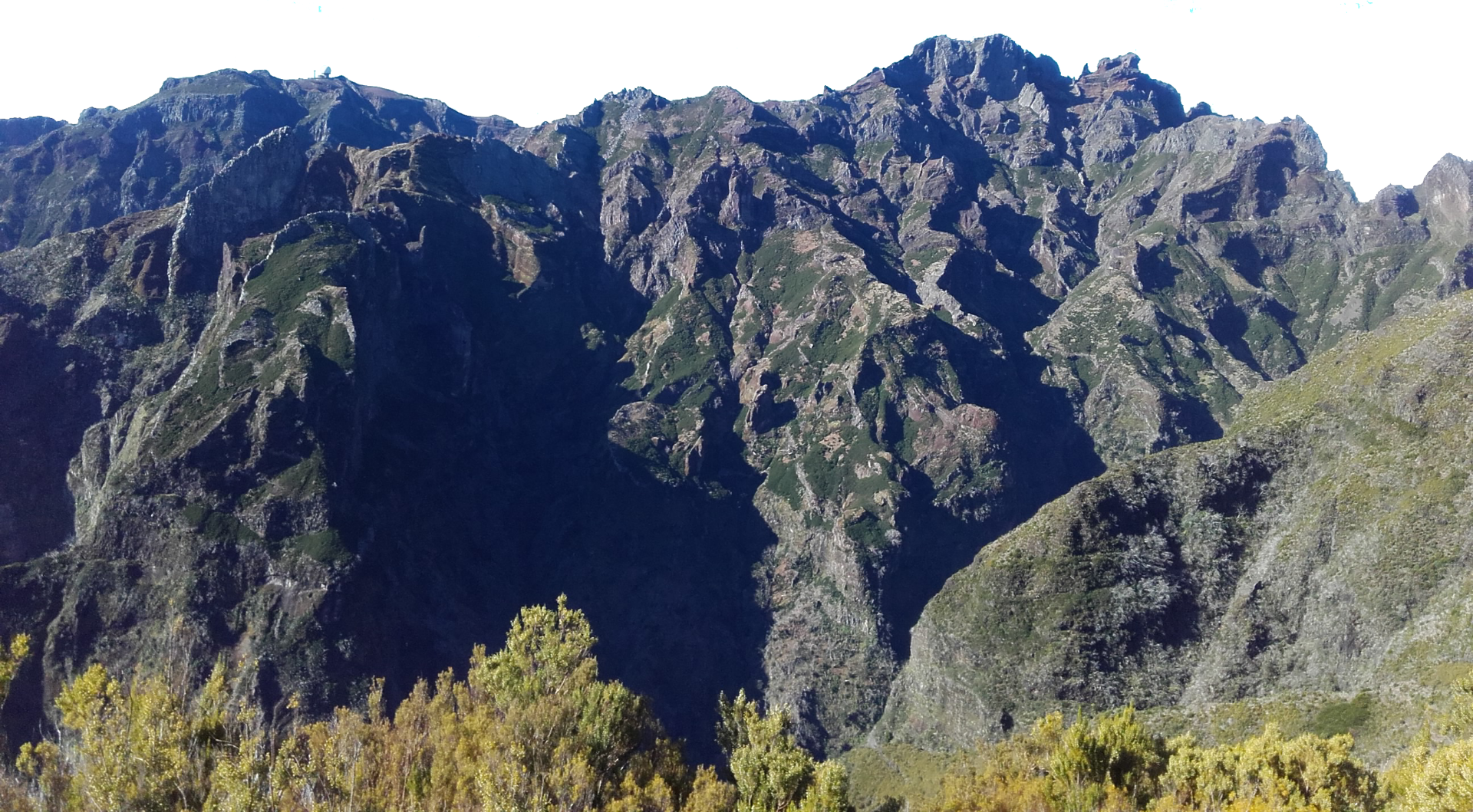A walking holiday or cycling holiday in Provence through one of the most famous wine making regions in France.
History of Châteauneuf-du-Pape
Bertrand de Got, archbishop of Bordeaux, was elected Pope in 1305 under the name of Clément V. Due to the conflicts in Rome, he installed the papacy in Provence, in Avignon. In 1312 he spent time in Châteauneuf du Pape, thus linking the Popes and the village for the first time. He appreciated the beauty and tranquillity of Châteauneuf, the hospitality of the villagers, and the proximity to Avignon.
Pope John XXII, the second of Avignon’s Popes, was responsible for the construction of the castle in Châteauneuf which was destined to be the summer residence for the Pope (literally translated, Châteauneuf-du-Pape means “new castle of the Pope”). The construction was completed in 1334 and Jean XXII died just a year later. However, Châteauneuf, much like all the villages in the Comtat Venaissin, reaped the economic benefits from the extortionate expenses of the Popes and the pontifical court.
Learn the history of winemaking in Chateauneuf-du-Pape on your Provence cycling trip
In the 13th century the village of Châteauneuf had flourishing vineyards and it was the first Avignon pope, Clément V, who was one of the first wine producers in the village. Years later, Pope John XXII played a big part in developing the reputation of Châteauneuf-du-Pape wines, supplying the residency in Avignon and calling the wine the Pope’s wine - "Vin du Pape", which later became known as "Châteauneuf-du-Pape".
From 1500, the reputation of the Châteauneuf wines grew. Despite a decline in the 17th century due to wars, heavy frosts, and epidemics, the vineyards flourished from the 18th century onwards and continued until the phylloxera disaster: a North American bug that decimated 80% of French vineyards, only to be replaced with grafted North American root stalks, resistant to the disease
In 1933, wine producers in Chateauneuf-du-Pape had already set out rules and regulations for winemaking to ensure the quality and consistency of the wine produced in the commune, and to protect its winemakers under a single label. In 1935 the Institut National d’Appellation d’Origine – INAO – was established in France: the body that grants “the stamp”, and national recognition of the standards set by the winemakers.
Chateauneuf-du-Pape was one of the first wines to be awarded an appellation, in 1936. The appellation guidelines in Chateauneuf-du-Pape have changed little since 1936. Any wines suspected of not meeting the strict criteria may not use the label and are forced to use either “Côtes du Rhône” or even worse: “Vin de Table”. Vin de Table – or table wine– is used to describe any wines that do not meet the guidelines of any appellation.
Stroll through the wine domains of Provence on your walking stay in France
Wine must be made within the set boundaries. The territory includes 3200 hectares (7900 acres), spread over 5 communes. The appellation allows for 13 grape varieties (representing Jesus and his 12 apostles): Grenache (white and red), Syrah, Mourvèdre, Picpoul (white and red), Terret Noir, Counoise, Muscardin, Vaccarèse, Picardan, Cinsault, Clairette, Roussane, and Bourboulenc. All other varities are forbidden
Grape picking machines are forbidden. Grapes must be hand-picked. Hand-picking the grapes facilitates sorting and increases the lifespan of the vine (the machine cuts the vine’s life expectancy in half). The grapes must be sorted and only the best grapes are to be used. Between 5 and 20 % of the grapes – depending on the year – are destined for table wine and not used in the Appellation. Chateauneuf-du-Pape is the only Appellation to apply mandatory “discarding”.
Select our walking in Provence tour through Chateauneuf du pape here
See our self-guided Provence cycling tour from Chateauneuf du pape to the Roman town of Arles here




